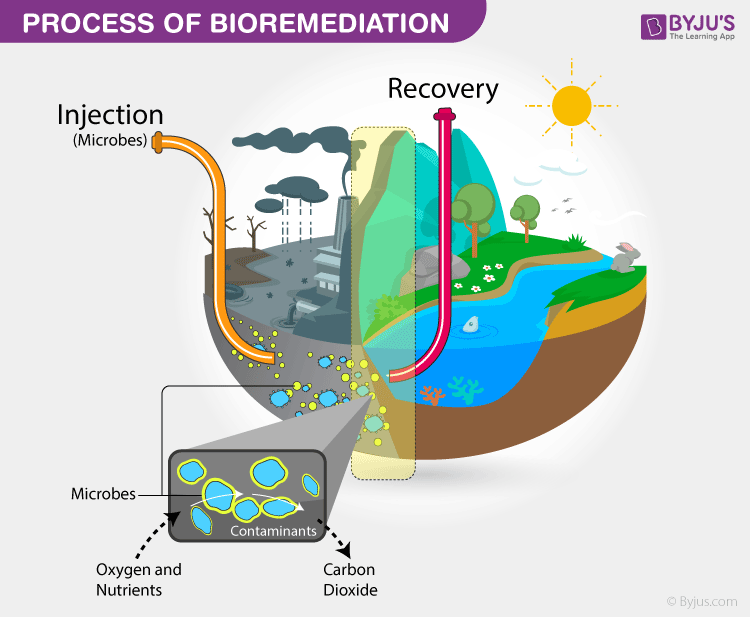Batik and textile are the cultural heritage of the country in Indonesia that has so much benefits, but it could harm the environment if the waste water is not treated properly. it is formed by the processing of colouring batik and water mixture.

There are several methods that are well used, including absorption, activated sludge systems and bioremediation. However, this system is not guaranteed in sustainability and is not practical in its application.
In this case, membranes can be used to answer this problem. There are several types of membranes commonly used in waste treatment, namely membrane microfiltration, ultrafiltration, nanofiltration, reverse osmosis and electrodialysis. Microfiltration and ultrafiltration are the simplest methods and have a low operating pressure, but pollutants still can passing at these 2 stages so they are only suitable for initial processing.

Nano filtration and ultrafiltration are superior in producing pure permeate, but if the bait with high concentration fouling will occur so that there are bait requirements that must be fulfilled so that the filtering on this membrane becomes good. There are several advantages and disadvantages in each membrane, for this reason proper membrane selection is needed. To answer the lack of membranes, several studies have been conducted in the use of hybrid membranes. In some studies, the use of several membranes in a system will increase the efficiency of the process and produce a better permeate and answer some problems that cannot be solved by using only one type of membrane.
#articles






Tidak ada komentar:
Posting Komentar